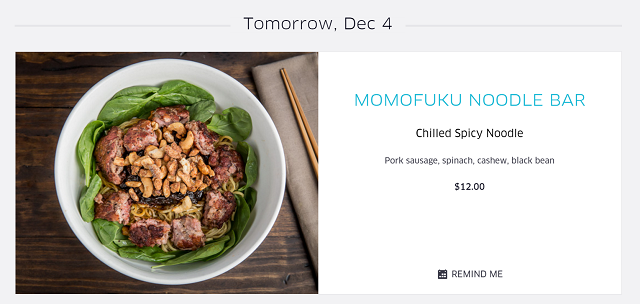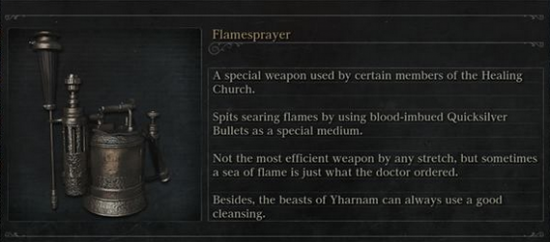

Accessibility refers to designing in a way that allows as many people as possible to access a physical product, service, environment, and/or app at its full potential.
In the past, accessibility has been seen as optional or a nice “bonus” feature, but that view is outdated and prevents hundreds of thousands of potential users from making use of your product or service.
Thankfully, Apple is playing a leading role in accessibility by ensuring that iOS devices come preloaded with a wide array of assistive features for those who have vision loss, hearing loss, or fine-motor control difficulties.
A full list of Apple’s accessibility features for iOS can be found on their website, but it’s worth highlighting some of their stand-out innovations (many accessibility features are available for your Macbook or desktop as well).
For starters: VoiceOver, Siri, Speak Screen, and Dictation are native features that use auditory cues and text-to-speech technology seamlessly to allow those with severe vision impairment to navigate their iPhones and iPads. If an individual has low vision, iPhones and iPads offer several modifications (such as greyscale, font adjustments, and zoom) that can make their device’s display more appropriate for their needs.
Individuals who are hard of hearing may benefit from using some of Apple’s other accessibility features, such as closed captioning (available for media purchased through iTunes), a Mono Audio option (if hearing loss is more severe in one ear than the other), and vibrating alerts.
For those with motor difficulties, an Assistive Touch feature allows you to alter the pre-set gestures into ones that you are most comfortable performing. In addition to voice commands and Siri, touch accommodations can help you to customize your phone so that it works exactly the way you want it to.
Apple has also made strides to make their devices more accessible by having them link through Bluetooth to third-party technologies such as hearing aids, switch control devices (external navigation for those with motor difficulties) and Braille displays.
While Apple has done a lot for basic accessibility needs, there are many iOS apps out there that can transform an iPhone or iPad into an even more fantastic tool for individuals with more specific requirements. These ten apps for people with disabilities offer solutions for problems faced by individuals with hearing loss, vision loss, fine motor skill impairment, developmental disabilities, and mental health concerns.
The P3 Mobile app (subscription required) was created by Purple Communications Inc., a company that provides communication options for those who are deaf or hard of hearing. The app allows deaf individuals to communicate with hearing individuals by providing a speech-to-sign translator. The app can be installed on your computer, phone, or tablet, and ensures a positive real-time communication experience.
RogerVoice (currently in the trial phase for iOS) is an app created by Olivier Jeannell, who has hearing loss himself. The project was largely funded through Kickstarter, and was created as a way to allow people who are deaf or hard of hearing to communicate using the phone without the involvement of a third party. The app uses speech recognition technology to create closed captioning of conversations in real time, and allows users to maintain a private and confidential conversation. This service is currently available in both English and French.
While Apple has included several ways to make navigating the iPhone and iPad easier for those with vision loss, there are still many complications affected users face navigating the real world. Tap Tap See is a free app that was developed to help blind or partially-sighted people identify everyday objects. All users need to do is take a photo of any object (be it a can of food, a shampoo bottle, or even an animal!) and the app will, with surprising accuracy, identify the object aloud.
Tap Tap See is an amazing app, but it’s identification ability does have some limitations in more complicated situations. This is where the functionality of free app Be My Eyes comes into play! Be My Eyes relies on volunteers to help individuals with vision loss navigate everyday situations such as checking the best before date on a bottle of milk, or confirming arrival and departure times at an airport.
The individual with vision loss opens the app and requests assistance, and is immediately connected via video chat to a volunteer (any sighted individual who has also downloaded the app). The volunteer can use the video feed to assess the situation that the person with vision loss is in, and answer any questions that they have!
For individuals with developmental delays, understanding complex tasks or completing daily routines can be a struggle. ChoiceWorks is an app originally designed for children with autism, but could also be used in several other situations. The app allows you to create personalized routines using preloaded or unique images and audio that can be easily understood and followed. A “waiting” screen and “feelings” screen can also help users to understand how much time remains in an activity and provides a way for users to identify their feelings and follow through with an appropriate reaction.
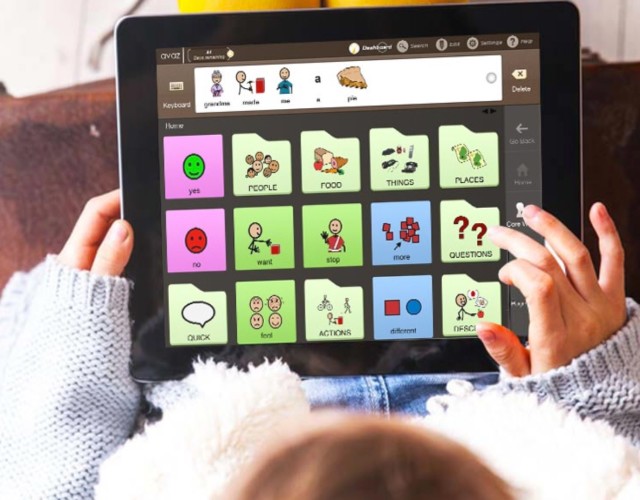
Technology has made amazing strides when it comes to providing a communication outlet for those who have difficulties with language production. The Avaz app (Avaz Lite is free, Avaz Pro is $229) builds off of traditional communication boards that use images and written words. The Avaz app allows you to arrange your communication boards in the way that works best for you, and offers guidance for parents, teachers, and caregivers to help them use the tool most effectively. Custom images and words suited to users’ daily lives can be easily added, and the communication board can easily be printed for offline use.
Being able to cook nutritious meals is a very important part of independent living. For individuals with intellectual or learning disabilities, the many steps involved in preparing, cooking, and serving healthy meals can be overwhelming. Look, Cook, and Eat (subscription required) can run on your iPad or computer, and offers step-by-step instructions and recipes through images, videos, and text. Every menu has a main dish, side dish and a drink or dessert and nine new menus are offered each month. All recipes can be completed with nine or fewer ingredients and tools, guaranteeing a stress-free and positive cooking experience.
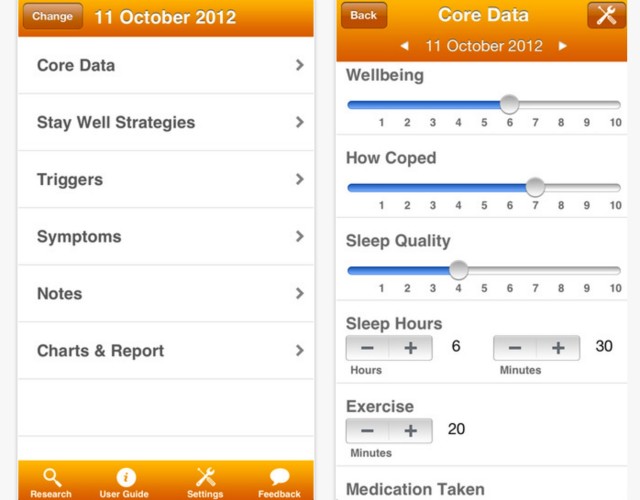
Society doesn’t always consider mental health disorders to be disabilities, but the truth is that these conditions can have a serious impact on an individual’s ability to get through the day. Apps like Optimism are excellent for helping individuals with mental illness track their symptoms, evaluate their well-being and to identify triggers that may cause their illness to worsen. Optimism is also a valuable app because it can be shown to a healthcare provider, helping them to understand the severity of an illness’ impact on your day-to-day life and to get a better picture of trends in your day-to-day health.
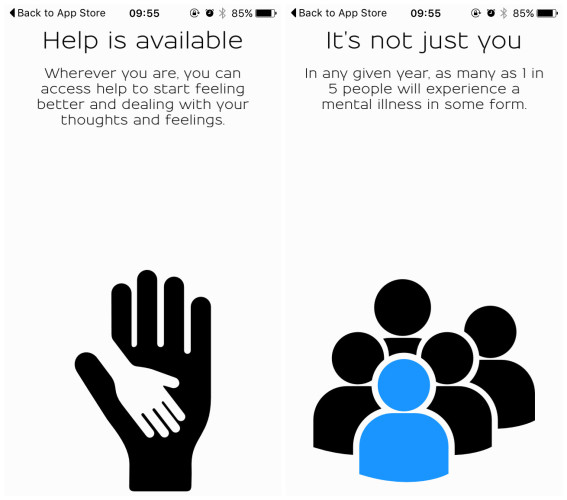
Optimism is great for tracking symptoms of mental illness, but it doesn’t provide a lot of solutions in-the-moment. What’s Up? is a multipurpose app that is a fantastic resource for anyone with a mental illness. The app is discreet, friendly, and helpful and provides a number of self-administered interventions based in cognitive behavioural therapy and mindfulness (such as breathing exercises, grounding activities, and distractions) that can be incredibly helpful to anyone dealing with anxiety, dissociation, panic, or other overwhelming emotions during their daily activities.
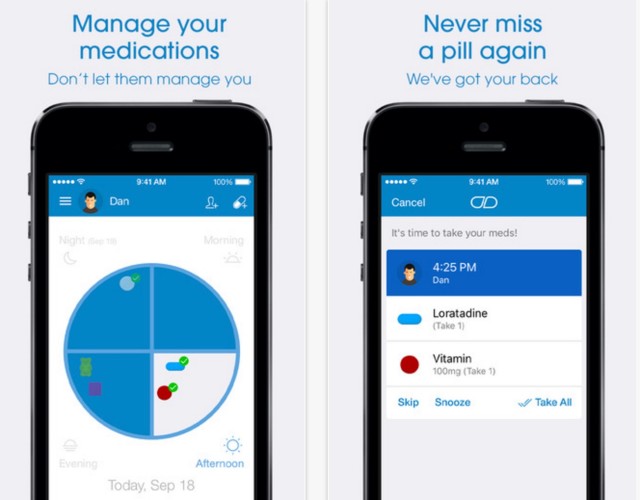
Medisafe isn’t an app specific to those with a disability or mental illness, but many individuals with a disability may find it helpful. The app is intended to help those who have trouble managing their medications by providing clear instructions and reminders about when to take each one. The app can also lett you know when it is time for a refill on your prescription.
Medications do not need to be entered using medical terminology, but can instead be described (eg “red, circular pill”) for ease of use. The app also allows for some communication with family members’ devices (if desired) and can be synced with both HealthKit and the Apple Watch so that you will never miss another tablet again!
Being able to use technology effectively in all aspects of one’s life should not be limited to an able population – everyone has the right to use technology in a way that is effective and that is designed for their individual needs. These apps are all great options for people who may otherwise have difficulty using technology, but I know that I’ve just scratched the surface of the great accessible technology innovations out there!
Do you use an app intended for greater accessibility? I’d love to hear about your experiences in the comments! I’m also interested in knowing what you think the most important areas areas are in accessible technology that we should still be striving to improve in – personally, I would love to see well-designed reminder apps targeted for individuals with symptoms of early dementia but I haven’t seen any good ones yet!
Image Credit: Bemyeyes by Emil Jupin

